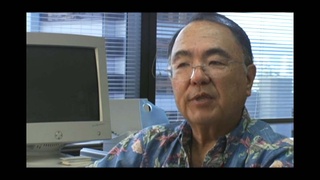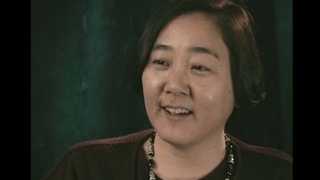Interviews
Ethnic diversity
Before the war broke out, we lived in a part of Chinatown. And there, there were a lot of tenement houses—so one room houses. And they were occupied by Chinese chefs--people who work in Chinese restaurants are in the neighborhood there. And so, they were all elderly people. And there was only one Japanese family that was very close to us. And so we got be very close with...and they had one daughter, who was my age; one son who was eight, my brother’s age. And so we spent a lot of time together when we were home in that neighborhood.
But when we went off to school, we went to school with...I went to Japanese school, and when I went to Japanese school, there were mostly Japanese people there. But, public schools that I went to, we ran around with people of all different backgrounds. I love baseball. I played baseball with Chinese boys, with Portuguese boys; there was one Filipino boy who played with us also. So we were...we had a mixture of people who we played with.
Date: December 15, 2003
Location: Hawai`i, US
Interviewer: Art Hansen
Contributed by: Watase Media Arts Center, Japanese American National Museum.









